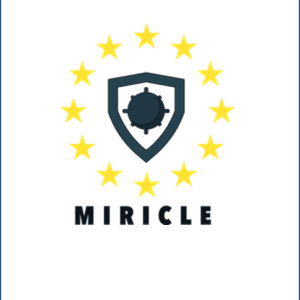 \
&
Contact us
\
&
Contact us
 \
&
Contact us
\
&
Contact us
Published on | 3 months ago
Programmes Climate, Energy, Mobility EITThe EIT (european institute for innovation and technology) Urban Mobility's open call invites applications from various organizations, including startups, SMEs, academia, and public authorities to deliver specialized trainings. One of the primary tasks of the EIT is notably to educate the people involved in new innovations and policies.
This Urban Mobility Explained (UMX) Open Call focuses on a series of specific activity areas aimed at enhancing the skills and capabilities of mobility professionals and organisations, particularly at the local/city level, to achieve systemic transformations for more liveable cities.
👥 Budget
The total budget for this call is between 2 and 4 million EUR and the maximum budget per proposal is 700.000 EUR. The call is also open to mono-participant applicant but special rules then apply as is the case for partners from Hungary and Switzerland.
🎬 Call to action
You can apply up to the 30th of september and there is a preparatory webinar on the 15th of July. You can find all the details here.
We offer news and event updates, covering all domains and topics of Horizon Europe, Digital Europe & EDF (and occasionally, for ongoing projects, Horizon 2020).
Stay informed about what matters to you.
By signing up, you can opt in for e-mail notifications and get access to
a personalised dashboard that groups all news updates and event announcements in your domain(s).
Only for stakeholders located in Flanders

The Miricle project, ‘Mine Risk Clearance for Europe’, obtained funding under the European Defence Industrial Development programme call ‘Underwater control contributing to resilience at sea’. The main objective of the project was to achieve a European and sovereign capacity in future mine warfare and create a path for the next generation ‘made in Europe’ countermeasure solutions. In order to realise this objective, Miricle addressed various stages: studies, design, prototyping and testing. These stages inter alia included the successful testing of an XL Unmanned Underwater Vehicle, a protototyped mine disposal system and multiple innovative systems to detect buried mines. Flanders Marine Institute (VLIZ), was one of the five Belgian partners in the consortium. Within the project, VLIZ was able to forward its research on the acoustic imaging of the seabed to spatially map and visualize buried structures and objects - in this case buried mines - in the highest possible detail. VLIZ also led the work on ‘Port and Offshore Testing’, building on the expertise of the institute in the field of marine operations and technology.